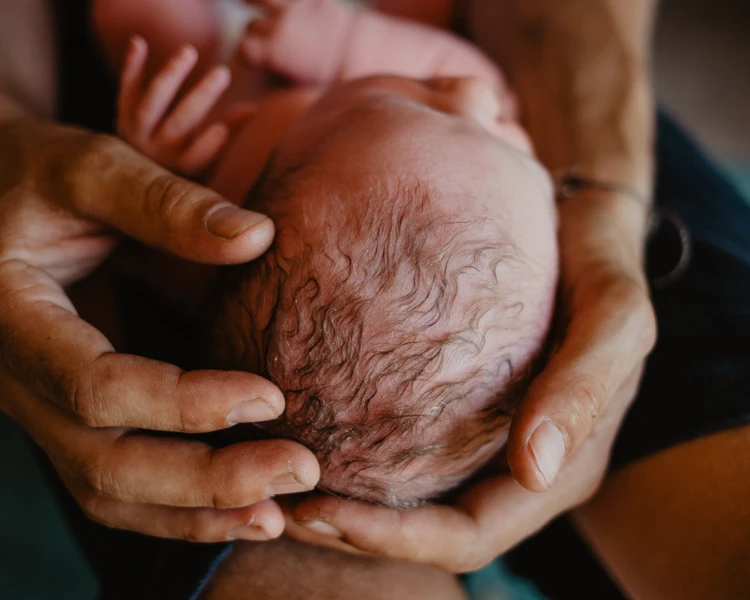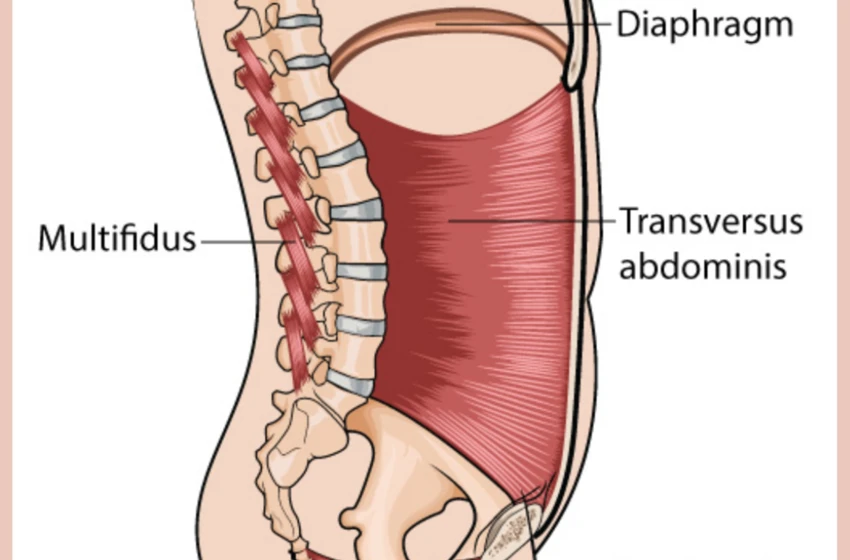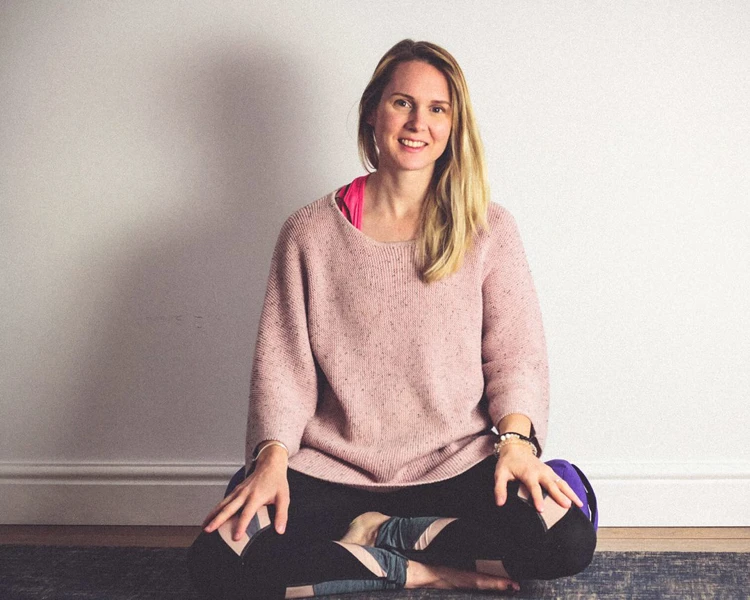Supporting your core after birth

So you've recently given birth, or maybe your baby is a few months old now, and you're wondering how you can support your postnatal core recovery. Before we go any further, let me reiterate the importance of REST in the early days and weeks following birth. Everyone will have a unique birth journey - long, quick, assisted, vaginal or belly birth - let's honour the incredible changes your body has made and the time it takes time to recover from birth.
The magic '6/8 week' mark postpartum, where you see your GP and get 'signed off' to exercise again is just not helpful for women and birthing people. It gives the impression that we should do nothing until that point, and then resume life as usual afterwards. There are several factors to consider in your core recovery, we're going to explore 3 top tips here...
Before we get into the top tips, let me just explain what your core actually is...
The core is NOT just your front abdominals ("6 pack abs"). Your core is made up of:
-
The front abdominals (which separate in pregnancy)
-
Transverse abdominals (deeper muscles)
-
The external and internal obliques
-
Multifidus (back muscles)
The thoracic diaphragm and the pelvic diaphragm form the top and bottom, like a canister.

Top tip 1: Breathing
Yes your breathing is key, and is always the place we start in postnatal recovery. Your diaphragm has been restricted in pregnancy, so we can focus postnatally on those fuller breaths, which in turn will move your pelvic floor. It's important that the breath integrates well with the core to support functioning.
When we INHALE, we expand into the ribs, the diaphragm moves down, there may be some movement in the belly outwards as the organs below are moved down, and the pelvic floor moves with this too.
When we EXHALE, we soften the ribs, the diaphragm moves up, the belly gently moves inwards, and the pelvic floor moves back with this too.
In pregnancy and postnatal yoga, we practise this breath awareness to support core and pelvic floor function. We are looking for balance, a belly that is constantly sucked in, or breathing that follows a shallow pattern in the chest with minimal diaphragm movement isn't going to best support us. We need to be able to engage AND relax when it comes to core and pelvic floor engagement, our breath really is the key to this.
When you come to lift your baby, or anything heavy, remembering to EXHALE on the EXERTION will ensure that we are working with our core. For example, exhale as you lift them off the floor and come up to stand. This will help us manage what is called 'Intra-abdominal pressure' (IAP). More on that next...
Top tip 2: Intra-abdominal Pressure
Something to be mindful of is how you are managing your intra-abdominal pressure (IAP). This is something that we all have to manage within the abdominal cavity, whether we are standing, sitting, laughing etc. If it's not managed well, or the load is too much, the pressure can either go down through the pelvic floor (not ideal), or through the linea alba (the centre line of connective tissue between the front abs - not ideal either). When there is a diastasis recti/abdominal separation, and the pressure isn't managed well during movement, then this pressure may be visible as a 'cone' down the midline. This is most common to see in 'crunch' like positions where the front abs are taking the load, rather than the deeper abdominal muscles being recruited too.
Everyone who is pregnant, has an abdominal separation because the front abs separate to make space for the uterus. Postnatally, that gap slowly closes generally around the 2 month mark, but for some there may still be a gap, which can be supported with proper breathing and progressive loading.
Some people have a small gap remaining and no issues (no affect on pelvic floor function or managing IAP) whereas others have more issues with dysfunction and a larger gap. Seeing a pelvic health physio will mean you can access a thorough assessment of where you are in your recovery. Your gap may be all the way down the centre, just at the top, or just nearer the bottom.
Top tip 3: Make movements and loads progressive
Having a yoga or movement practise that is conscious and progressive, is so important in the postpartum phase. Everyone will have had different levels of fitness and lifestyles before pregnancy, and this needs to be considered in your recovery. Are you hoping to get back to running 5k? Did you dance, walk, swim, lift weights? Perhaps you want to be able to run after your toddler without feeling worried about leaking or puffed out. Set your goal and work slowly towards that.
In the early days post birth, rest is priority, balancing gentle movement and short walks for some fresh air. Over the next few weeks you will likely be lifting your baby in and out of their cot and the car seat, which gives you a chance to practise using your breath for these movements to support your pelvic floor. Gentle stretches that move the spine in all directions will support your back, especially with all of that holding and feeding your baby.
Beyond this, getting back into movement requires you to feel what's happening in your body, what is engaging and how to adjust your strategy if something doesn't feel right.
Progressive sequences may look like going from hands and knees, to half plank, to full plank. Or side laying, to side hip lift, to half side plank, to full side plank. Day to day you may have more or less energy, and need to pull back or scale up where you can. Allowing yourself that flexibility in your recovery, as you navigate fluctuating energy levels and amount of sleep.
We need to load the tissues appropriately for them to strengthen and provide us with increasing support - so don't be afraid to explore your new postpartum body!

If you're looking for one to one support around your postnatal recovery, I offer specialised yoga and movement at my home studio in Cirencester. Please get in touch if you'd like to know more